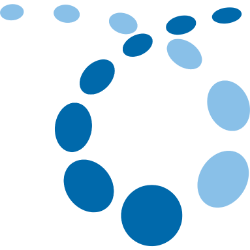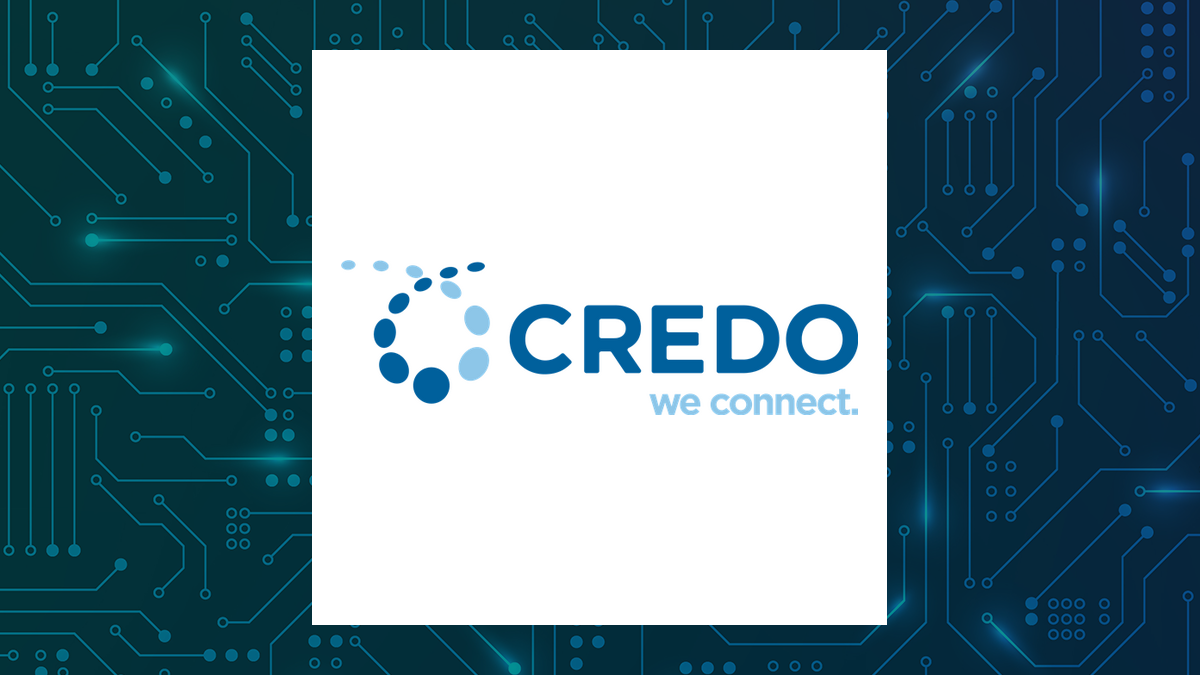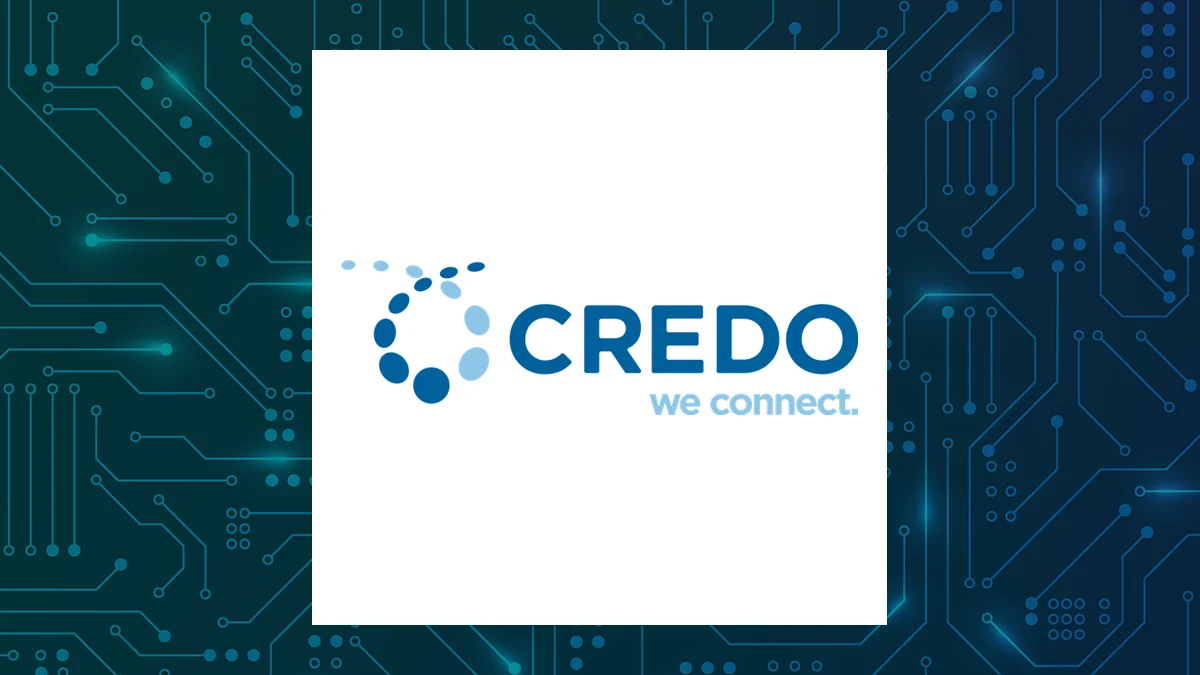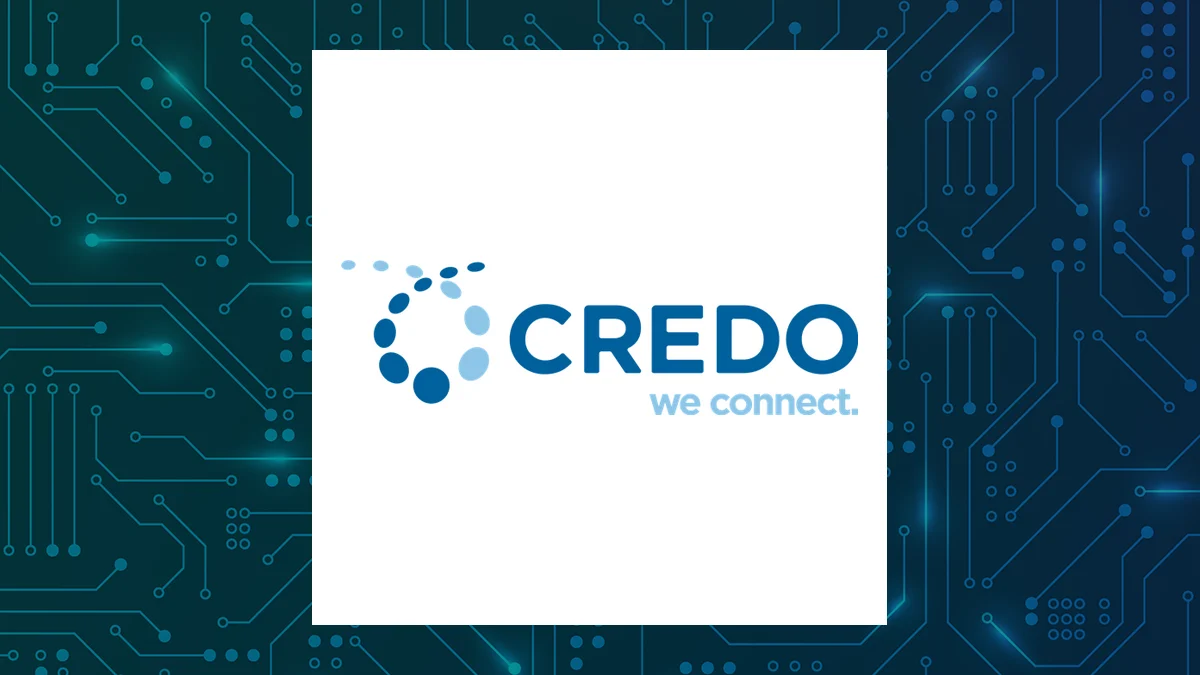
CRDO
Credo Technology Group Holding Ltd
$144.83
-5.36
(-3.57%)
| Exchange: | |
| Market Cap: | 24.828B |
| Shares Outstanding: | 139.947M |
About The Company
| Sector: | Technology | |||||
| Industry: | Communication Equipment | |||||
| CEO: | William J. Brennan | |||||
| Full Time Employees: | 500 | |||||
| Address: |
|
|||||
| Website: | https://credosemi.com |
Credo Technology Group Holding Ltd provides various high-speed connectivity solutions for optical and electrical Ethernet applications in the United States, Mexico, Mainland China, Hong Kong, and internationally. Its products include integrated circuits, active electrical cables, and SerDes chiplets that are based on its serializer/deserializer and digital signal processor technologies. The company also offers intellectual property solutions consist of SerDes IP licensing. The company was founded in 2008 and is headquartered in San Jose, California.
Click to read more…
Revenue Segmentation
EPS
Earnings Call
Income Statement
(* All numbers are in thousands)
Balance Sheet
(* All numbers are in thousands)
Cash Flow Statement
(* All numbers are in thousands)
Analyst Estimates
(* All numbers are in thousands)







